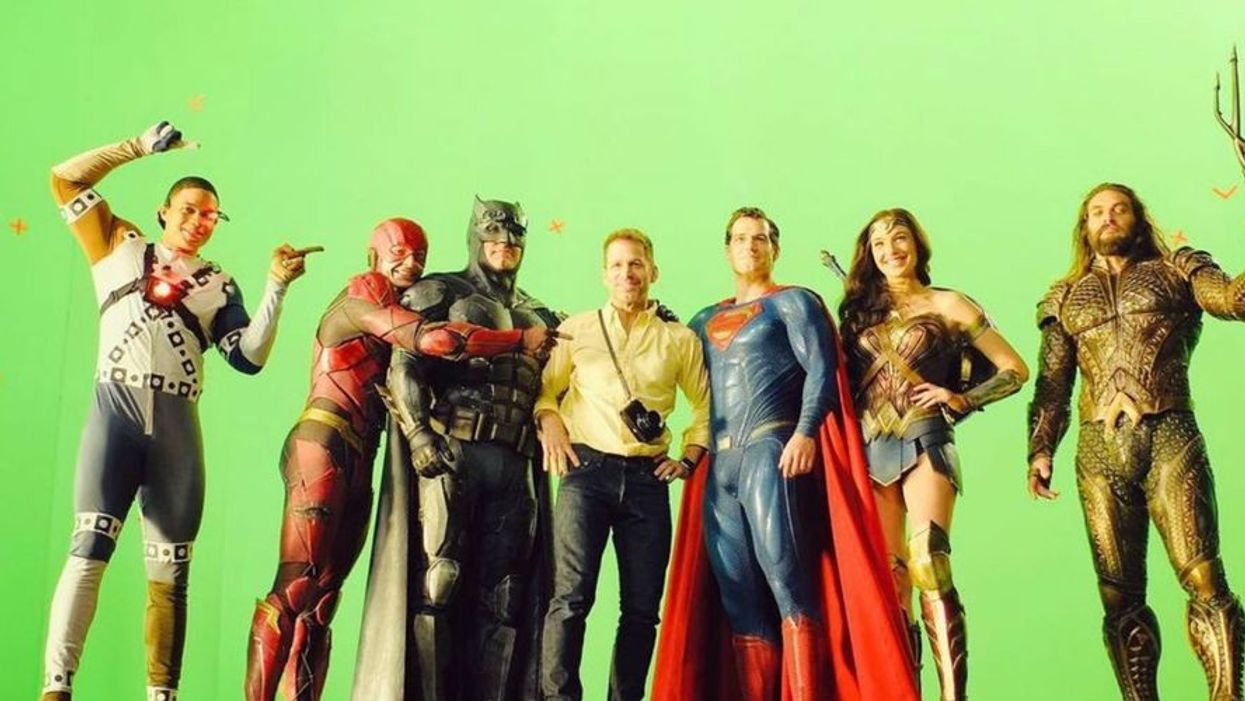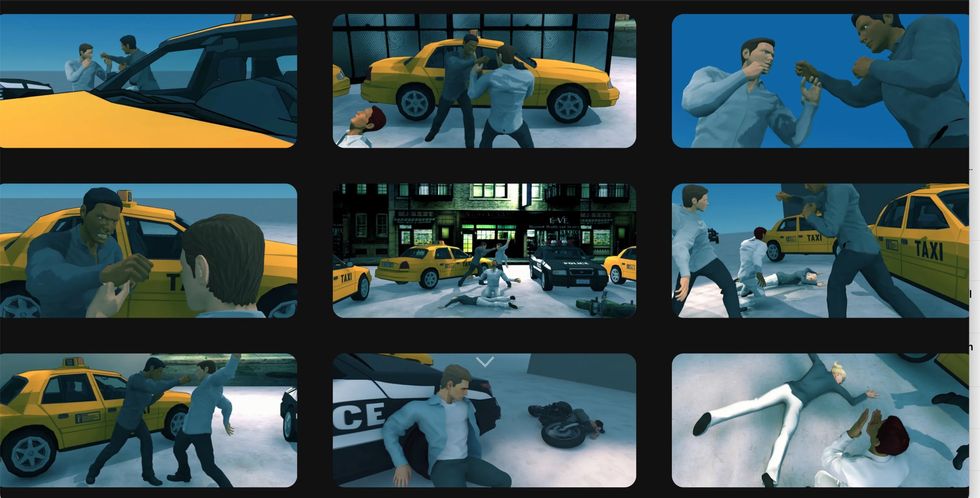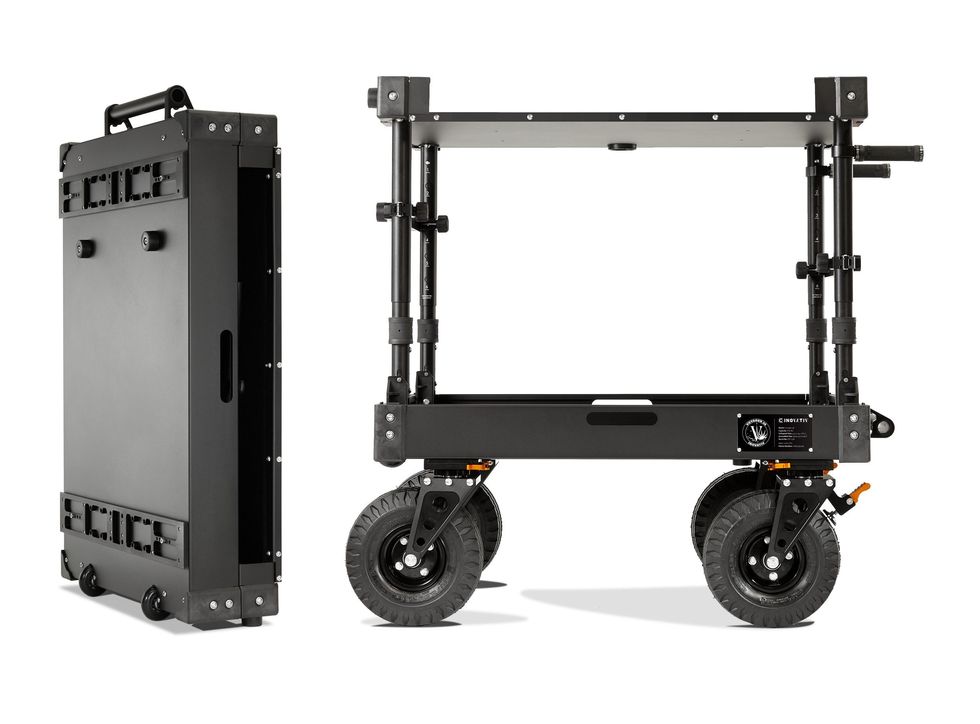The Secrets Behind Every Hero's Power VFX Shot in 'Justice League'
How did Zack Snyder collaborate with the VFX team in Justice League?

They say that the devil is in the details—well, what about the hero? When it came time to make Zack Snyder's Justice League, he knew that the VFX would be crucial to making something that felt impactful.
Enter John 'D.J.' Des Jardin, VFX supervisor for Snyder's Justice League. In this 15-minute video, he attempts to go through every superhero (and villain) from the movie and discusses all their superpowers, and how they made them come alive.
Check the video from WIRED below.
I love how this video breaks it all down by power. There are so many different techniques used to create the realism of things like heat vision versus super-speed or even X-ray vision. Different VFX techniques bring them to the forefront. And you also have to talk with the storytelling department to make sure these shots make sense with how the character behaves in the screenplay.
For things like X-ray vision, you have to composite shots over one another. One is the shot from the movie, and the other is the X-ray shots they have to build in post. That's actually very different from flying, which had to combine wires, tuning forks, and belly pans. So it's a mix of practical things against green screens, and then CGI effects added in post to make things look like he was flying.
For strength, there were lightweight props made of foam. Since most characters have some sort of strength, the filmmakers had to weigh their options to show who struggled with what. They knew Superman might be the most powerful, but how does Wonder Woman's magic affect that power too? It all goes into how things are shot and then added in post.
For the Batmobile, it was a physical car with VFX additions that blended into our world. That means always tracking where the vehicle would go and how the CGI add-ons move within the frame. Especially the guns.
Building the Atlantean city and power for Aquaman was not easy. Extensive green screen sets were made, and they created air bubble rules for how people talk underwater. Once they establish those rules, it's their job to make sure the VFX reflects those versions of the world.
This really came into play with Cyborg, a character built partially with a mo-cap suit, CGI, and practical light attachments to help shed that distinctive red light on people when they get near him.
As you can see, there's a lot to do when it comes to creating a realistic world that has to bend to a group's superpowers.
What was your favorite effect in the film? Let us know in the comments.
Source: WIRED




















